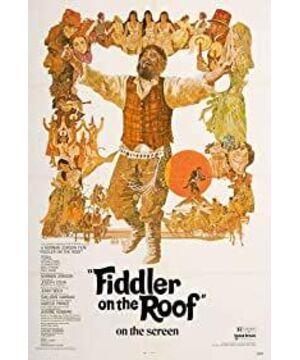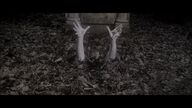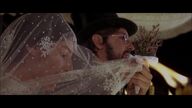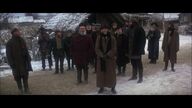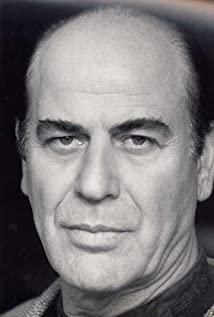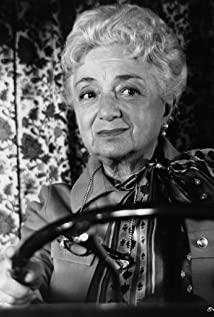At night, I sat in the corner of the box for more than two hours. After watching this "The Violinist on the Roof", I couldn't help but feel excited about its singing and dancing scenes, smiling unscrupulously and knowingly in the dark.
Why do musicals make me feel so good-looking?
In the final analysis, musicals should belong to the branch of drama, and a storyline with strong contradictions is one of its elements. Good stories arouse my attention and interest. This is by no means an unexplainable phenomenon. In successful works, the story not only has ups and downs, but also has a simple structure that is easy to understand and accept. It is not like a mystery of psychological suspense, nor is it like an obscure flow of consciousness. In other words, this kind of story is so tiring.
However, due to the incorporation of a large number of singing and dancing elements, it is unable to focus on the lines and details. In some comic operas and early stage musicals, there are indeed many works with very thin storylines. Films that are not in the form of musicals are often duty-bound and tend to spend their minds and do their best in the design of the storyline. So obviously, good-looking stories are not the exclusive advantage of musicals, and it is even impossible to win by comparison.
And the fate of singing and dancing does not stop at invisible shackles. In fact, musicals are good-looking as musicals, of course, precisely because of the singing and dancing forms used to package the story. The total number of movies in the world is increasing every day, and it is inevitable that we will feel deja vu if we take pains to tell a story. It is getting harder and harder to tell a new story in the same way, but to wrap an old story in a different way opens up more paths to success, and singing and dancing is one of them. Music and dance, lines and performance, the former is better than emotional expression and atmosphere rendering, the latter is better than storytelling and plot development. If you can combine the two in the right way, you can't go wrong if you want a strong combination to complement each other.
Therefore, it seems to be a very simple thing-it is nothing more than music + drama = musical, but if you want to make this combination really produce a positive effect of slanting the sword, it is like a chef cooking soup, on the one hand, the ingredients are better: " Both "music" and "drama" must be of high quality; on the other hand, proportion and temperament must be mastered, which is the essence.
Soup is obviously not as easy as instant noodles. Comparing "The Violinist on the Roof" and "High School Musical", the music and dance of the former can be regarded as excellent works with rich emotions regardless of the single paragraph. With the rendering of the national style, the smooth combination of the plot is impeccable. It can be said that the advantages of musicals have been brought to the extreme level; while the latter’s music is too popular and can hardly leave a deep impression from beginning to end, it seems a bit of an itch when used to shock the audience.
In fact, High School Musical relies more on the framework of a play-in-the-play, so that a lot of singing is dispensable, and it always seems to be a little fake. But having said that, it’s not fair to compare a Disney work with a Tony-awarded classic. It’s just a human cartoon... But the difference between the two can still explain a truth. , Which means "do it and do it to the end". Musical drama is already an "intermediate form". If even this median is discounted and not pure enough, then it will really become an unthankful bat on both sides.
So to sum up, "The Violinist on the Roof" is an excellent representative of a musical. The story has a background of Jewish exile, with the specific image of the father and the abstract image of the violinist to pierce the needle, with tradition and change, The multiple conflicts between ethnicity and religion, coupled with humorous embellishments and excellent performance of actors, are enough to last for two and a half hours without feeling lengthy; the style of music is unified, and the emotions contained and expressed in it are well matched with the plot. The development is not only unconscious, but it also contributes to the flames. The combination of the two is almost impeccable. Just imagine religious festivals, wedding revelry, and leaving home. Which scene is not a good model for combining singing and dancing? After seeing it, it almost makes me feel that the next sentence that comes out of their mouths anytime, anywhere can be converted freely in singing and dialogue.
……After all, this is the first time I have tried to think about this art form that I like very seriously, and when I say it, I feel like a layer of inferior "academic" fans have been wiped out, and it will be awkward when you move it. It snapped straight down...
Hold it back.
View more about Fiddler on the Roof reviews


